Pests such as cockroaches, bedbugs, mosquitoes, and termites are the bane of most homes. These pests can cause different levels of damage to your household items and help spread infections. They look for friendly spots around the house to hide in and come out later to wreak havoc. So if you discover the presence of these pests around your home, you’ll need to take appropriate measures to ward them off.
These measures involve cutting off their three major survival needs–shelter, food, and water. In this article, we discuss many of the measures you can take to make your home pest-free. Your homes will be much better without the worry of pests lurking around, and this is what we intend to achieve with this piece.
1. Keep Your Kitchen Clean
According to Agape Home Services, a local kitchen remodeling company in dallas, The kitchen is the primary location for the presence of food around the house. So it comes as no surprise that it is frequently targeted by pests and their ilk. To evade these pests, you’ll need to keep your kitchen very neat. Everything from countertops to racks and drawers should be thoroughly cleaned and checked for gaps. The surfaces of your utensils and equipment should also be wiped clean or else they can easily crawl through an enclosed patio.
Other than that, care must be taken to avoid having any spilled foods that can invite these pests over. Your foodstuffs should be properly secured in cabinets or a separate storage site. And if you have any abandoned appliances around the kitchen, you’ll have to dispose of them, so they don’t become a hiding spot for the pests.
2. Don’t Allow Water To Pool Around
For Parker Eco Pest Control, A local pest control in Seatlle, Places with stagnant water are the biggest hosts to pests like mosquitoes, so you should try as much as possible to keep your house and its environs free of them.
The water may be coming from sewage or wastewater carrying pipes, or it could be rainfall percolating in a depression on your grounds.
It could even come from sinks and drains in your house that may have clogged up due to the accumulation of dirt and debris. Whatever the source is, cut it off or redirect it to a closed drain if possible. If it is not possible, you’ll have to regularly clean such places.
3. Fix Window Nets
A good net will serve the dual purpose of allowing ventilation while keeping the pests away. The screen mesh in the net should have a minimum of 200 holes per square inch. This is so it can prevent the smallest of pests from sneaking in.
Also, wear and tear due to the passage of time and frequent use may leave your window vulnerable with time. Scrutiny of the window net should reveal the affected portions. You can either seal them shut or downright replace them.
4. Check for Any Cracks And Gaps
Look out for any cracks or gaps around your home, as they might be the entryways that pests take to gain entrance. These cracks may develop along the walls or the ceiling. They may also be present as foundation cracks or missing roof shingles. As soon as you notice them, you’ll have to quickly make amends by sealing them.
Whether you use silicon, caulk, or mortar, depending on the place, be sure to completely seal it shut. And if it demands using copper mesh or sheet metal, endeavor to make the job as neat and trim as possible.
5. Carry Out Regular Garbage Disposal
Your trash cans are a perfect breeding spot for pests for obvious reasons. There’s plenty of leftover food and hiding spots for these pests to thrive. This informs the need to pay special attention to appropriate garbage disposal.
Your trash cans should have close-fitting lids to prevent these pests from gaining access to it. And as soon as it is due for disposal, cart away its contents to a dump truck, clean it properly, and clean the area around it.
6. Maintain Your Outdoor Spaces
If you have a lawn, garden, or a small farm outside your house, you’ll have to maintain these places regularly to keep them from breeding pests. You can prevent the growth of wild and bushy plants by cutting them down to size or pruning them.
And if you have any mulch areas in your garden beds, the moisture retained around such places can breed these pests. You can replace these mulch areas with rocks or any suitable material that will not encourage pest sheltering.
7. Keep Outdoor Items Strictly Outdoors
Equipment and materials from your outdoor spaces–small garden, lawn, playground, or garage should not crossover into your other indoor spaces. These outdoor items( cleaning materials, work clothing, play toys and mechanical tool boxes etc) may be host to pests of all kinds.
So unless you can properly clean and disinfect them, ensure they remain outside your home. You can store them in a designated area outside your home–maybe, the garage. And most importantly, tell your kids to abstain from bringing them inside.
8. Properly Secure Your Food Items
From leftovers and uncovered foods to spillovers or foods that haven’t been cooked yet, household pests are always on the prowl for food items.
These pests are always lurking around for an opportunity, and the presence of uncovered foods or spilled foods will present them with the perfect opening to come in. So when next you finish eating, return your plates to the kitchen and clean around the places where you have just eaten.
9. Discard Unused Household Items
The presence of excess household equipment can constitute a fertile ground for pests to thrive. These pests can launch their attacks from these objects and retire back there after wreaking havoc. So if you have a lot of used or unused things lying fallow in your house, you’ll need to discard them as a matter of necessity.
From unused boxes to outgrown clothes and toys, or worn-out shoes and damaged appliances, take them all out. As long as you have no present or future use for them, you can give them away or trash them.
10. Carry Out Periodic Fumigation
After taking care of your part, you can also top it off with regular fumigation exercises. If you can’t do it yourself, contact a professional outdoor pest control service, and they’ll get the job done.
The fumigation should touch on all external parts of your home. It will root out all the resident pests outside of your home and destroy their habitations if properly done.

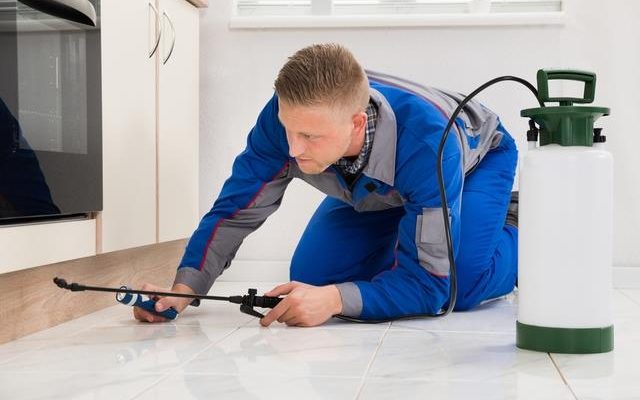

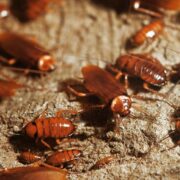
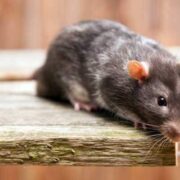

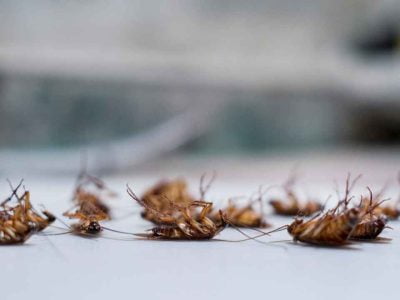


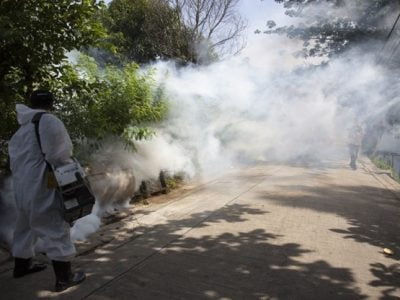
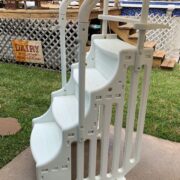
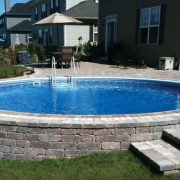
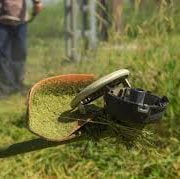
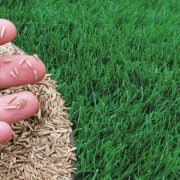
Comments